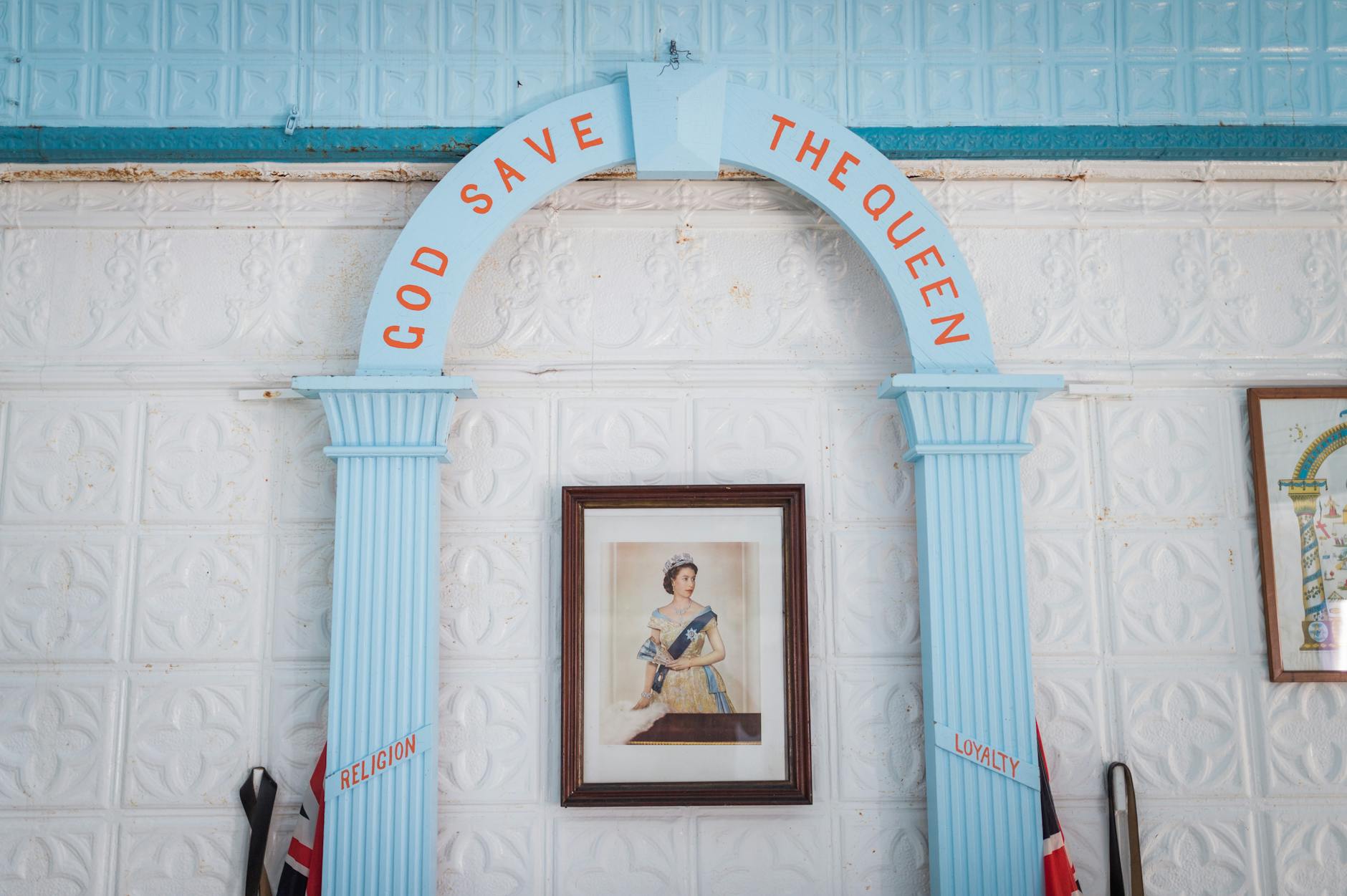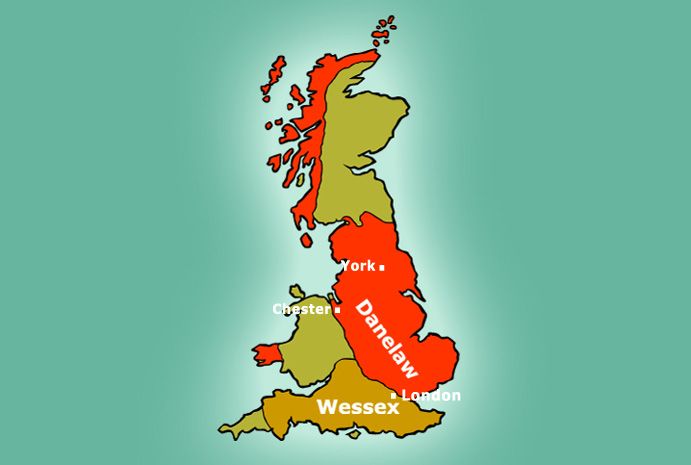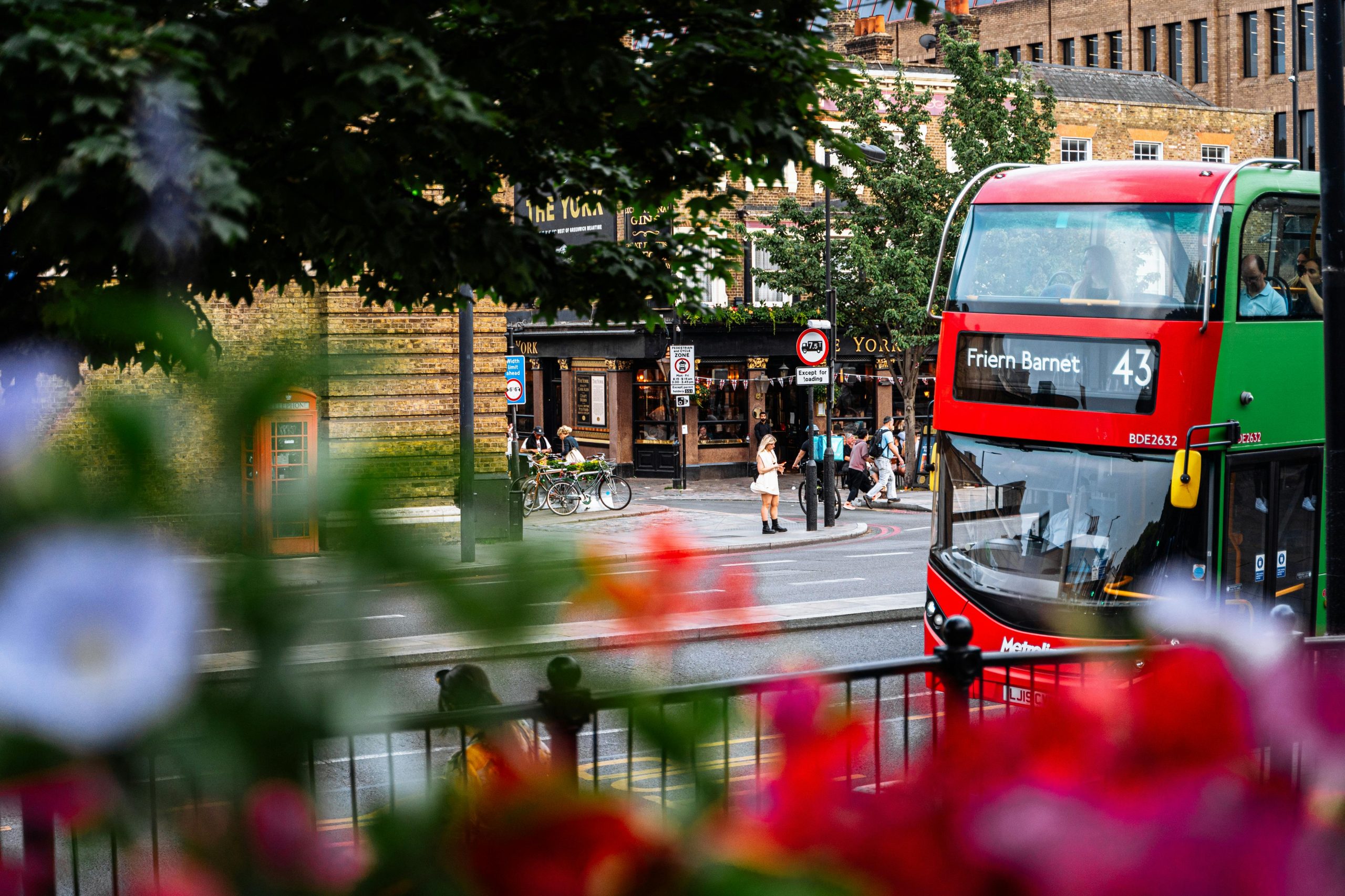Table of Contents
Introduction
When we think of Queen Elizabeth, the iconic British monarch who reigned for over seven decades, certain symbols and titles come to mind. One such symbol is the abbreviation “ER,” often seen on coins, postboxes, and official documents throughout the United Kingdom and the Commonwealth. But what does “ER” stand for in relation to Queen Elizabeth, and how did this shorthand come to be? In this article, we’ll dive into the meaning, historical origins, and cultural importance of “ER” as it pertains to Queen Elizabeth, ensuring you have a comprehensive understanding of this royal abbreviation.
What Does “ER” Stand For?
The abbreviation “ER” stands for “Elizabeth Regina,” Latin for “Queen Elizabeth.” In British royal tradition, monarchs are often represented by their regnal name followed by “Rex” (King) or “Regina” (Queen), depending on their gender. For Queen Elizabeth II, who ascended the throne in 1952 and reigned until her passing in 2022, “ER” became a widely recognized symbol of her sovereignty. The “E” represents her given name, Elizabeth, while “R” stands for “Regina,” affirming her status as queen.
This abbreviation wasn’t unique to Queen Elizabeth II. Her namesake, Queen Elizabeth I, who ruled from 1558 to 1603, also used “ER” during her reign. However, in modern times, “ER” is most commonly associated with Queen Elizabeth II due to her unprecedented longevity and global prominence.
The Origins of “ER” in Royal Tradition
The use of Latin titles like “Rex” and “Regina” dates back centuries in European monarchies, reflecting the lingering influence of the Roman Empire and the Catholic Church, which used Latin as its official language. In England, this convention became standard as early as the Norman Conquest in 1066, when Latin was the language of governance and scholarship. Over time, monarchs adopted these titles to signify their divine right to rule and to connect their reigns to a grand historical tradition.
For Queen Elizabeth II, the “ER” abbreviation was formalized upon her coronation. When a monarch takes the throne, they choose a regnal name, which may include a numeral if there’s a predecessor with the same name. Since she was the second Queen Elizabeth, her official title became “Elizabeth II Regina,” abbreviated as “ER II” or simply “ER” in many contexts. The numeral “II” distinguished her from Queen Elizabeth I, ensuring clarity in historical records.
The practice of using initials like “ER” on official symbols—such as coins, stamps, and insignia—emerged as a practical way to mark royal authority. During Queen Elizabeth II’s reign, “ER” (sometimes styled as “E II R” with the numeral) appeared on everything from military uniforms to public infrastructure, reinforcing her presence in everyday British life.
How “ER” Became Synonymous with Queen Elizabeth II
Queen Elizabeth II’s reign, spanning from February 6, 1952, to September 8, 2022, was the longest of any British monarch and one of the longest in history. This extraordinary tenure cemented “ER” as a symbol of stability and continuity. Unlike her predecessors, who ruled in eras with less global connectivity, Queen Elizabeth II’s reign coincided with the rise of mass media, making her monogram a familiar sight worldwide.
The “ER” symbol gained further prominence through its use on postboxes. In the UK, mailboxes are inscribed with the reigning monarch’s cipher. During Queen Elizabeth II’s time, new postboxes bore “E II R,” a tangible reminder of her rule. Interestingly, in Scotland, where some resented the numeral “II” (arguing Queen Elizabeth I never ruled Scotland as a separate kingdom), there were protests, and subsequent postboxes often omitted the “II,” leaving just “ER.”
Coins also played a key role in popularizing “ER.” British currency minted during her reign featured her portrait alongside “Elizabeth II Regina” or its abbreviated form. Collectors and historians alike treasure these coins as artifacts of her legacy.
Queen Elizabeth I and the Precedent for “ER”
While Queen Elizabeth II brought “ER” into the modern era, Queen Elizabeth I set the precedent. Known as the Virgin Queen, Elizabeth I ruled during the Elizabethan Age, a golden era of English history marked by Shakespeare, exploration, and the defeat of the Spanish Armada. Her use of “ER” on documents and seals established it as a powerful emblem of female monarchy. Though separated by centuries, both queens shared a name and a legacy of resilience, making “ER” a bridge between two monumental reigns.
Cultural and Historical Significance of “ER” for Queen Elizabeth
For Queen Elizabeth II, “ER” was more than an abbreviation—it was a mark of identity. It appeared on official state documents, royal warrants, and even the badges of the British police and armed forces. The cipher symbolized her role as head of state, commander-in-chief, and figurehead of the Commonwealth, a vast network of nations tied to her legacy.
The “ER” monogram also carried emotional weight. After her death in 2022, it became a nostalgic symbol of an era defined by her quiet strength and dedication. Today, as King Charles III reigns with his own cipher (“CR” for “Charles Rex”), “ER” remains a poignant reminder of Queen Elizabeth II’s unparalleled impact.
Conclusion: The Legacy of “ER” and Queen Elizabeth
The abbreviation “ER” for Queen Elizabeth encapsulates centuries of tradition, from its Latin roots to its modern-day prominence during Queen Elizabeth II’s reign. Originating as a simple shorthand for “Elizabeth Regina,” it evolved into a globally recognized symbol of monarchy, etched into the fabric of British culture. Whether you encounter it on a vintage coin, a red postbox, or a historical text about Queen Elizabeth I, “ER” tells a story of queens who shaped history.
As we reflect on Queen Elizabeth II’s legacy—and her predecessor’s before her—”ER” stands as a testament to their enduring influence. It’s a small yet mighty abbreviation that carries the weight of royalty, resilience, and reverence.
THE BIOGRAPHY OF VLADIMIR LENIN
What is Great Britain?
Great Britain is a geographical term that refers to the largest island in the British Isles. It comprises three countries:
- England – The largest and most populous country, home to the capital city of London.
- Scotland – Located to the north of England, known for its rugged landscapes, rich history, and cultural heritage.
- Wales – Situated to the west of England, characterized by its mountainous terrain and Celtic traditions.
Great Britain does not include Northern Ireland or any of the smaller islands, such as the Isle of Man or the Channel Islands. The term is purely geographical and does not imply any political unity.
What is the United Kingdom?
The United Kingdom (UK), officially known as the United Kingdom of Great Britain and Northern Ireland, is a sovereign state. It is a political union that includes:
- Great Britain – The island comprising England, Scotland, and Wales.
- Northern Ireland – Located on the island of Ireland, sharing a border with the Republic of Ireland.
The UK is a single nation-state with a centralized government based in London. It has a shared monarchy, currency, and legal system, although Scotland, Wales, and Northern Ireland have varying degrees of devolved powers.
Key Differences
- Geographical vs. Political:
- Great Britain is a geographical term referring to the island containing England, Scotland, and Wales.
- The United Kingdom is a political entity that includes Great Britain and Northern Ireland.
- Constituent Countries:
- Great Britain includes only England, Scotland, and Wales.
- The UK includes England, Scotland, Wales, and Northern Ireland.
- Sovereignty:
- Great Britain is not a sovereign state; it is simply the name of an island.
- The UK is a sovereign state recognized internationally.
- Governance:
- Great Britain does not have its own government; its constituent countries are governed as part of the UK.
- The UK has a centralized government, though Scotland, Wales, and Northern Ireland have their own devolved administrations.
Historical Context
The distinction between Great Britain and the United Kingdom has its roots in history. The term “Great Britain” was first used officially in 1707 when the Kingdom of England (which included Wales) and the Kingdom of Scotland united to form the Kingdom of Great Britain. Later, in 1801, the United Kingdom of Great Britain and Ireland was created when Ireland joined the union. After most of Ireland gained independence in 1922, the name was changed to the United Kingdom of Great Britain and Northern Ireland.
Common Misconceptions
- England vs. Great Britain vs. UK:
- England is just one part of Great Britain, which in turn is part of the UK. Referring to the entire UK as “England” is incorrect and can be offensive to people from Scotland, Wales, or Northern Ireland.
- British Isles:
- The British Isles is a broader geographical term that includes Great Britain, Ireland (both Northern Ireland and the Republic of Ireland), and smaller islands like the Isle of Man and the Channel Islands.




